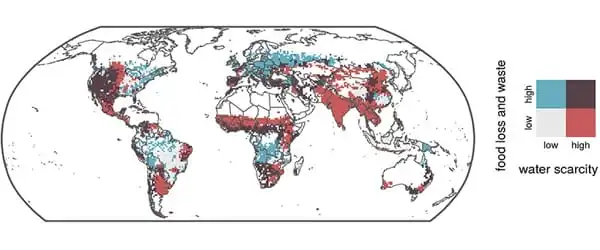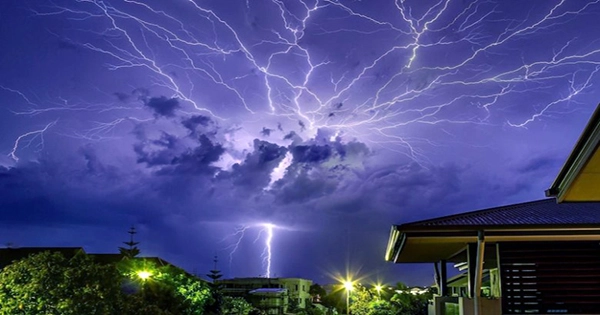Water covers 70% of our planet’s surface, so it’s natural to believe there’s plenty to drink, cook with, and bathe in. It’s time to throw out the baby with the bathwater, so to speak. Freshwater makes up less than 3% of the water on the planet, and the vast majority of it is inaccessible. This is one of the reasons why people in many regions of the world rely on few water resources.
Water is becoming increasingly limited for the industry as climate change progresses and the incidence of drought rises. However, a new study by Penn State and UCLA researchers reveals that there is a silver lining: enterprises that utilize water may pivot to become more efficient and environmentally friendly during times of water scarcity.
According to the experts, just as water is required for life, it is also required for numerous manufacturing processes. Water is frequently utilized in significant quantities during the manufacturing of numerous everyday products, ranging from automobiles to cellphones to computer chips.
The researchers, who included Penn State’s Suvrat Dhanorkar and Suresh Muthulingam, as well as UCLA’s Charles Corbett, discovered that after periods of water scarcity, manufacturing facilities that use a lot of water streamlined their processes to reduce toxic emissions into bodies of water like lakes and rivers.
We discovered that water scarcity might motivate manufacturing facilities that rely significantly on water to improve their environmental performance by lowering harmful discharges, but only when they experience a protracted drought. These impacts also extended inside the facilities, reducing emissions in other ways, such as into the land and air.
Dr. Muthulingam
The researchers discovered an additional benefit: the adjustments in the processes resulted in fewer harmful emissions into the land and air. The predicted reductions in harmful emissions were higher than 2.5 percent on average.
Dhanorkar, an associate professor of supply chain and information systems, claims that the study, which was recently published in the journal Management Science, is one of the first to ask how the industry is responding to climate-change-induced events such as droughts rather than how the industry is contributing to climate change.
“The majority of previous research has been focused on how firms are negatively influencing the environment,” Dhanorkar explained. “We wanted to flip the script and examine how businesses respond to climate change. It offers up a new area of research that will look at not only manufacturing but also how these climate change-related occurrences affect innovation and other economic issues such as unemployment in the future.”

From 2000 to 2016, the researchers collected data from 3,092 Texas industrial facilities for the study. The researchers concentrated their research on Texas since the state frequently experiences droughts and periods of water shortages, and it produces a wide range of products, including food, petroleum, coal, chemicals, and metal.
The data contained information on the number of weeks each facility encountered drought and the total amount of hazardous emissions documented at each plant.
“We discovered that water scarcity might motivate manufacturing facilities that rely significantly on water to improve their environmental performance by lowering harmful discharges, but only when they experience a protracted drought,” said Muthulingam, associate professor of supply chain management. “These impacts also extended inside the facilities, reducing emissions in other ways, such as into the land and air.”
While water scarcity is mostly a man-made phenomenon, we do have the ability to design remedies to lessen the risk of water scarcity. Continue reading to learn more about water scarcity and some of the innovative ways people are addressing it.
According to the researchers, one explanation for the findings could be that water shortage causes businesses to be more cautious about how they utilize water. However, because water is used in so many processes, businesses become aware of additional areas where they may improve.
“A lot of these industries require water at various stages of their processes,” Dhanorkar explained. “So, when there is a water shortage and you’re looking into ways to improve water usage, it may also show flaws in other elements of the processes that aren’t related to water. These businesses may be learning a lot about their processes, not only in terms of water but in general.”
Dhanorkar and Muthulingam hope that, in addition to inspiring greater research on the topic, policymakers would utilize the findings to guide future climate change legislation.
















